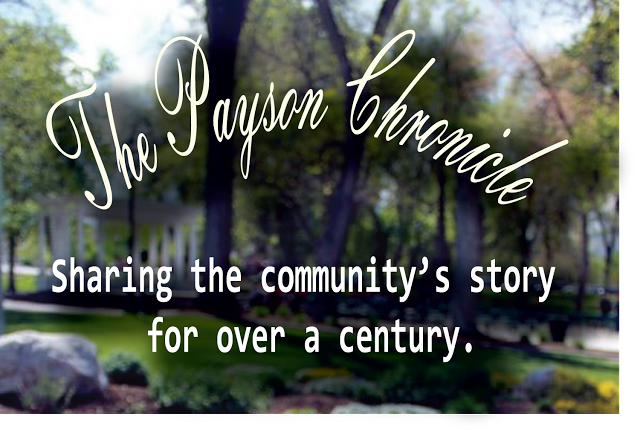An Introduction
“We Dispatch From Inside”
Before the city was Payson the town was called Peteetneet.
Fortresses built in the city’s central area in the mid-19th century reflect this order. First there was Fort Peteetneet, then it was called Fort Payson.
“The fort had a four-foot deep moat at the bottom, a base of rocks and an eight-foot wall of adobe with bastions on the corners,” according to Payson Historical Society accounts. “It was about four city blocks square. The main gate was on the east side. The name of the settlement was changed to Payson in the latter part of 1851."
The Church of Jesus Christ of Latter-day Saints' second president, Brigham Young changed the name to honor James Pace, its founder, note the historical society's records. The town and fort’s original name had been given with respect to Chief Peteetneet, leader of the native Timpanogos band who called the region home.
The fort’s walls, which expanded in response to conflict and a growing settler community, have long since vanished. What remains are materials recycled in subsequent developments, wood and stone artifacts buried beneath the ground, the stories, and a handful of contemporary monuments marking the fort’s perimeters.
We dispatch from inside
The Payson Chronicle is among businesses and homes that exist today on turf once fortified inside these walls. The Commercial Place building, the site from which the newspaper has operated since late-1996, is located at 145 East Utah Avenue. Two brick monuments sit on the west side of 200 East Street, right off and north of Utah Avenue, right around the corner--east--from the newspaper office. These monuments mark Fort Payson’s eastern main gate.
Metal plaques share a small part of the story. They allude also to part of the region’s history.
An iconic wagon wheel in each bears a symbol of the community’s pioneer past.






No comments:
Post a Comment
Note: Only a member of this blog may post a comment.